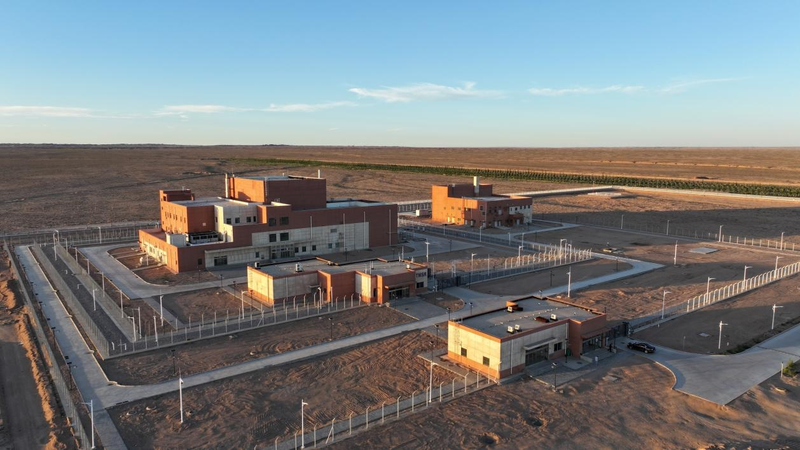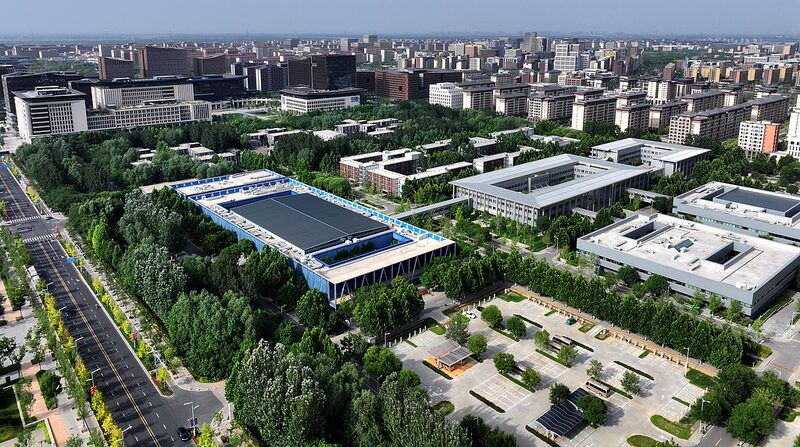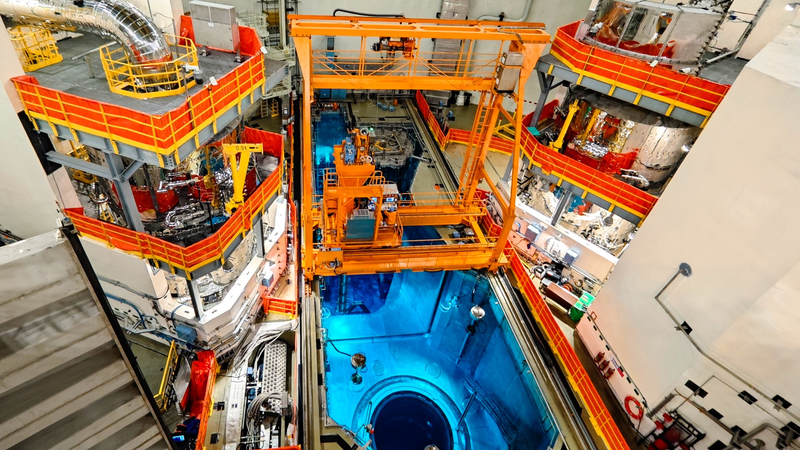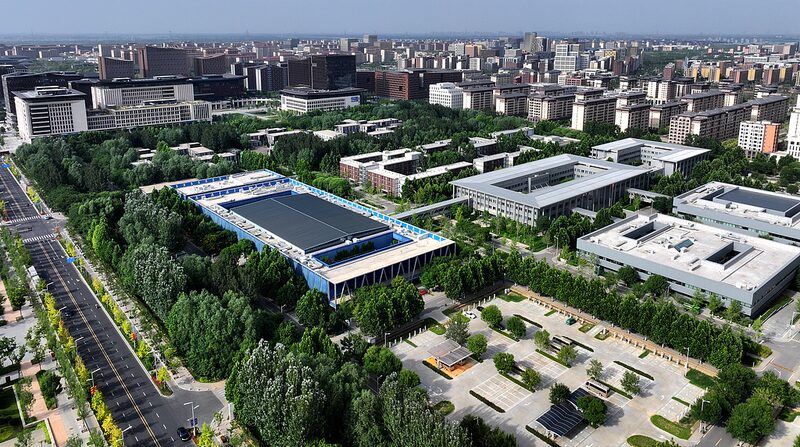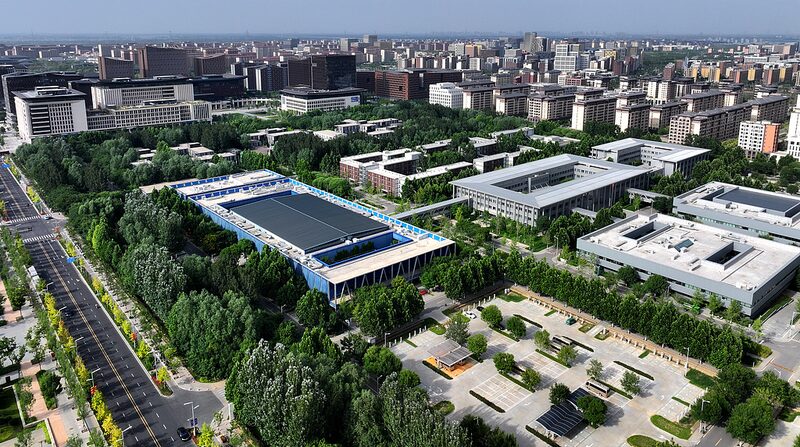Chinese scientists have reached a pivotal milestone in clean energy innovation, successfully converting thorium to uranium fuel in the world's first operational thorium-powered molten-salt reactor. The experimental reactor at the Shanghai Institute of Applied Physics (SINAP) has validated the technical feasibility of a nuclear system requiring zero water cooling – a game-changer for arid regions and water conservation efforts.
Unlike traditional reactors using uranium-235, the Thorium Molten Salt Reactor (TMSR) leverages China's abundant thorium reserves while operating at atmospheric pressure with inherent safety mechanisms. The fourth-generation design eliminates catastrophic meltdown risks and produces high-temperature output suitable for industrial applications beyond electricity generation.
"This breakthrough solves two critical challenges," explains a SINAP researcher. "First, it unlocks thorium's potential as a safer, more plentiful nuclear fuel – China holds enough thorium to power its needs for centuries. Second, the water-free operation enables nuclear plants in desert regions while integrating seamlessly with renewable energy systems."
The achievement follows 12 years of concentrated research since the program's 2011 launch, with Chinese institutions developing complete domestic supply chains for reactor components. Plans now accelerate toward constructing a 100-megawatt demonstration plant by 2035, potentially reshaping global energy geopolitics.
Energy analysts note the technology's compatibility with hydrogen production and high-temperature industrial processes could create hybrid energy parks combining nuclear, solar, and wind power. For investors, this positions China at the forefront of next-gen nuclear technology export potential.
Reference(s):
China cracks fuel conversion problem for wastewater-free nuclear power
cgtn.com
